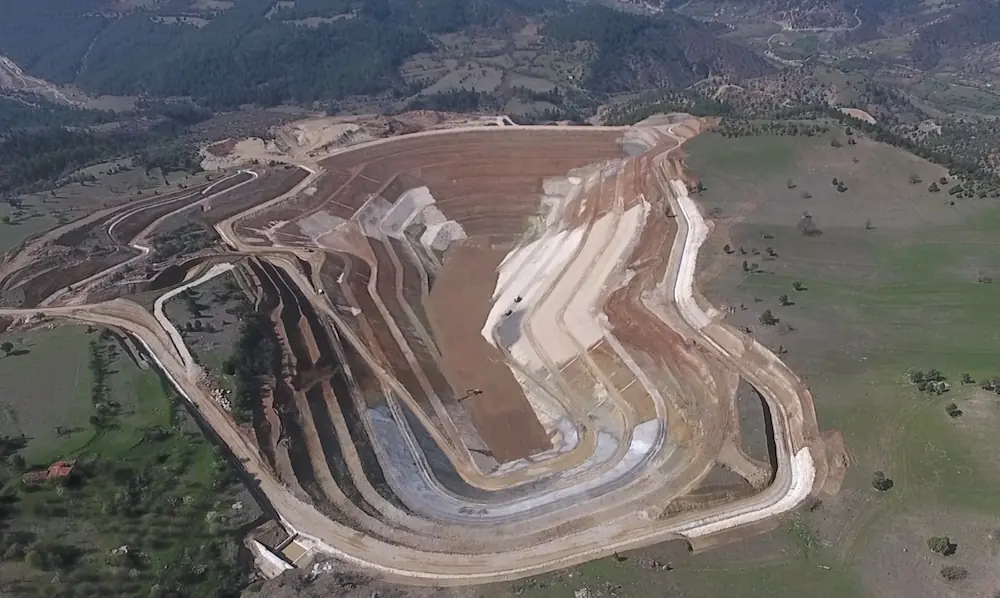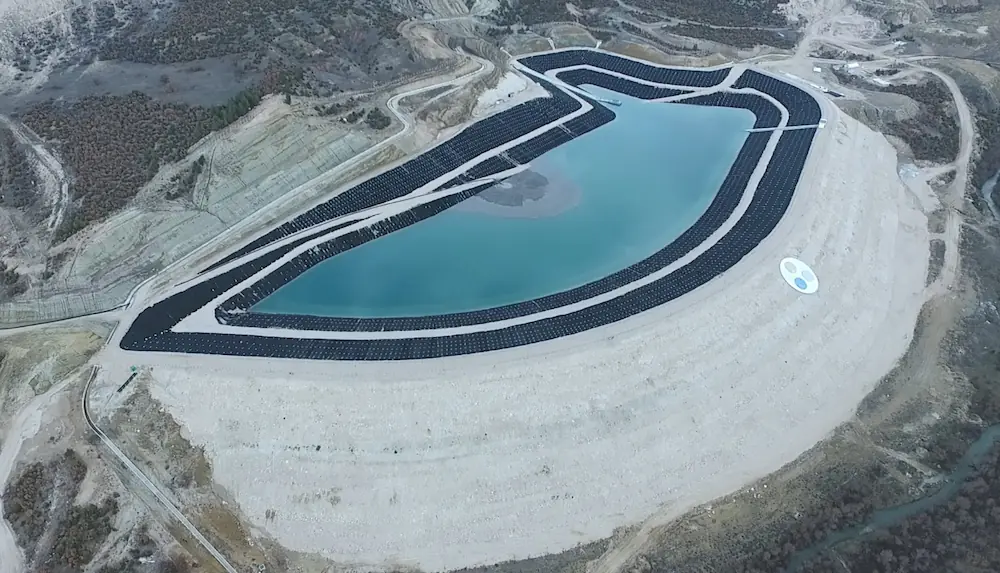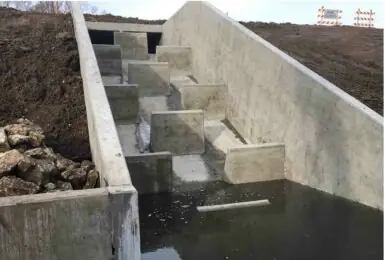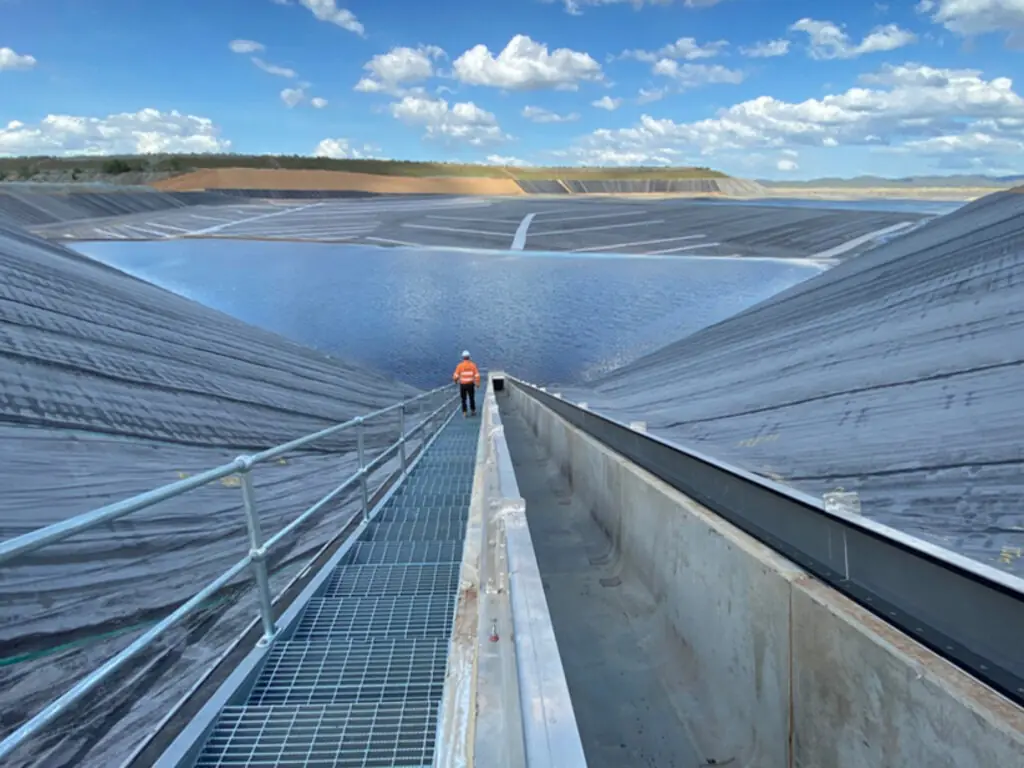
Site Grading and Impoundment Design
3D Solid Site Grading Model
Development of detailed 3D models to represent the site grading, ensuring optimal drainage and structural integrity.
Benching, Stripping, and Excavation Design
Design of excavation phases, including benching, stripping of overburden, and optimal excavation methods to maintain safety and efficiency.
Impoundment Road Design
Detailed design of access roads for the impoundment, ensuring durability and accessibility under various operational conditions.
Excavation Stability Analysis and Design (Kinematic/Limit Equilibrium)
Evaluation of slope stability through kinematic and limit equilibrium analyses to ensure excavation safety and long-term stability.
Impoundment Freeboard Calculation
Calculating the freeboard to ensure the impoundment has sufficient capacity for operational water and potential stormwater events.
Tailings Consolidation Analysis and Capacity Calculations
Analyzing tailings consolidation under large strains to ensure adequate impoundment capacity and long-term stability.
Embankment Design
Dam Classification and Design Standards
Classification of the dam according to regulatory standards and the design of the embankment to meet safety and operational requirements.
Stripping and Foundation Excavation Design
Design of foundation stripping and excavation to prepare the site for embankment construction.
Zoning and Filter Design
Zoning of materials within the embankment and the design of filter systems to prevent internal erosion and maintain stability.
Static/Pseudo-Static Slope Stability Analysis (2D)
Conducting 2D slope stability analyses under both static and pseudo-static (seismic) conditions to ensure embankment safety.
Seismic Hazard Assessment
Comprehensive assessment of seismic risks to the TSF, ensuring design resilience in the event of an earthquake.
Deformation Analysis (2D)
2D analysis of potential embankment deformation under loading conditions to ensure long-term stability.
Dynamic Analysis
Dynamic analysis of the embankment to assess its performance under seismic or other dynamic loading conditions.


Surface Water Management Design
Sediment Trap Structures Design
Design of structures to trap sediment and prevent it from entering downstream watercourses, ensuring environmental compliance.
Perimeter Channels Design
Design of channels around the perimeter of the TSF to manage surface water runoff and prevent erosion.
Chute and Energy Dissipator Design
Design of chutes and energy dissipators to control water flow and minimize erosion at discharge points.
Underdrain System Design
Design of underdrain systems to manage seepage and enhance the structural stability of the TSF.


Liner System Design
Composite Liner System Design
Design of composite liners to minimize seepage and protect groundwater from contamination.
Anchor Design
Design of anchor systems to secure liners in place, ensuring durability under varying load conditions.
Overdrain System Design
Overdrain Collection System Design
Design of systems to collect excess water from the top of the TSF, preventing water accumulation.
Overdrain Sump Design
Design of sumps to collect and store water drained from the overdrain system.


TSF Water Balance and Impoundment Freeboard Calculation
Comprehensive calculation of the water balance and freeboard to ensure the TSF can accommodate both operational water and stormwater.
TSF Deposition Model
Development of a deposition model to optimize tailings placement, ensuring even distribution and maximizing impoundment capacity.

